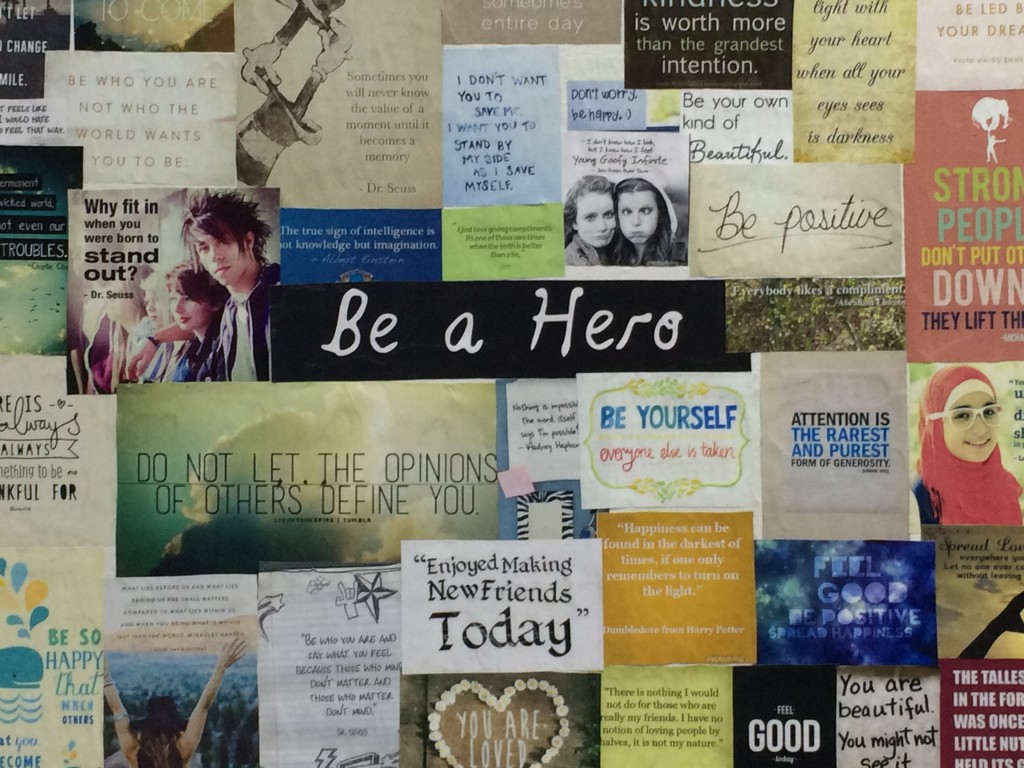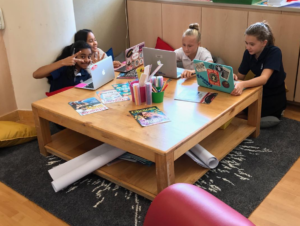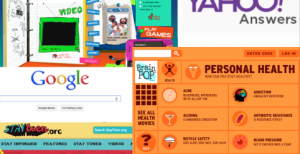October is National Bullying Prevention Month, so your #ChoicesChallenge is to Stop the Hate.
So how do we do that? Well, all of those anti-bullying messages — you know, the “No Bully Zone” posters — haven’t really been resonating with kids, because most don’t classify themselves as bullies. In fact, the majority of bullying behaviors are actually coming from normal kids who are just having a tough time.
If we want to encourage positive behavior, it’s not about getting rid of the bullies; it’s about changing the climate of the school. Bad day or not, online or off, if positive behavior is the norm, then it becomes the path of least resistance. And acting right becomes the cool thing to do.
No matter how many times I’ve shown this video, I’m beyond impressed as to how it reaches the students. Such a great example of social media and how it was meant to be used… to enrich our lives and connections, and to bring out the best in people.
I also love the example of positivity as a tool for prevention. Especially for teenagers. We know that when it comes to nutrition, for example, that telling kids what they shouldn’t eat doesn’t work. Instead, we now focus on what they should. “Don’t eat fast food” has become “eat real food.” Makes a lot of sense.
And here a high school junior with a great idea and a Twitter account offers the same approach when it comes to cyberbullying. Instead of saying, “don’t be a bully”, he simply just says nice things. To everyone.
And guess what?
People like him for it. He’s popular. He even got to be on the Today Show.
When good deeds go viral, it’s important to share them with the kids. Let’s not give the bullies any more attention. Let’s focus on the heroes… the folks who refuse to be bystanders and instead set a good example for us all.
Assignment: Bullying — Positive Prevention
National Health Education Standard 8.8.2 Demonstrate how to influence and support others to make positive health choices
Student Instructions:
You saw what an awesome impact Jeremiah made at his school, so now it’s your turn! You can pick whichever platform you want for your advocacy, but here are some ideas to help get started…
Do this month’s #ChoicesChallenge and put compliments sheets up around your school, or create your own poster campaign. You can also create ameme, a website, an Instagram account, a Tumblr for inspirational messages, a video game (like Herotopia), an infographic, a PSA like this national award winner, a Facebook page, anything really… it’s up to you!
Remember your audience (your peers!) and stay away from negative language like “don’t”.
You can work individually or in groups, but get your concept and message checked with the teacher before you get started on your project checklist.
Due date will depend on how much effort and energy you put in. If you’re building something sustainable (like a social media account), then extensions will be granted. The West High Bros are still going, and Jeremiah graduated last year!





